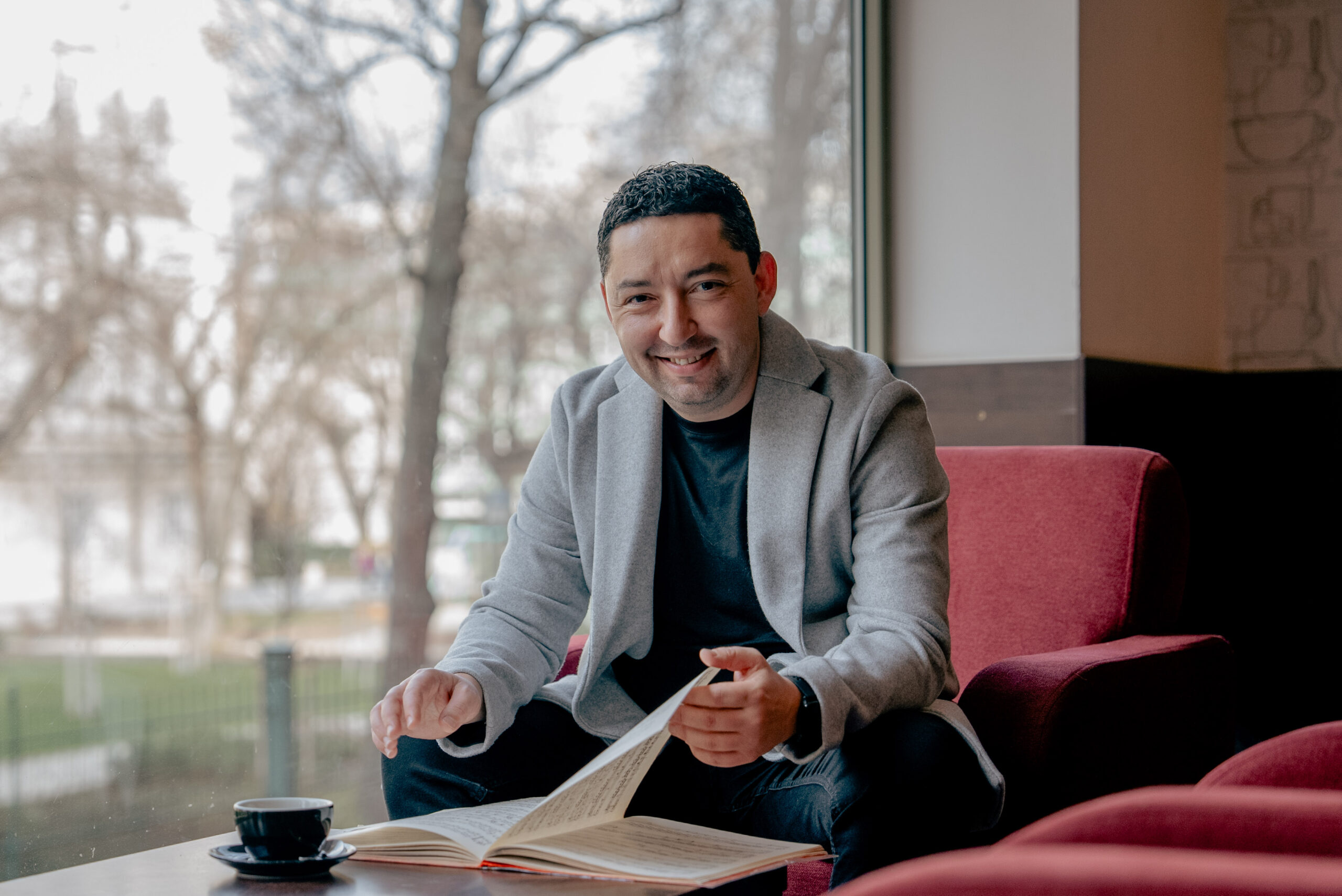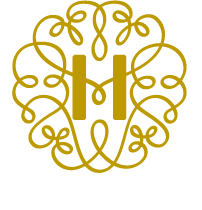A perplexing energy that almost shatters the musical framework, for the communication of which the acoustic capabilities of the piano feel simultaneously satisfying and hopelessly inadequate, was a typical characteristic of the Romantic musical ideal. Composers of the time desired communicative articulation and full timbre, the quality of their instruments to allow for sophisticated performances, and overwhelming power of expression at the same time. They were not alone either: piano makers were working towards the same goal.
The chase of a more and more powerful and capable instrument and a louder, brighter, and more melodic timbre shaped the fortepiano into the modern piano throughout the 19th century in such a dynamic and branching way that it is almost impossible to separate the two instruments across time. The strength of certain instruments came from their translucent sound and sensitive shaping, for others, it was the duality of their piercing yet rich acoustics or even their percussive and monumental effects. This is just one reason why József Balog’s undertaking is so exciting. Although Haydn’s two sonatas, H minor from the 1770s and the witty, large-scale E flat piece composed for Therese Jansen in 1794 were conceived for two instruments with highly different capabilities than Brahms’ dramatically virtuosic Piano Sonata No. 2 (1852) or the elderly Liszt’s piano pieces with their meditative simplicity, the idea to bring them to life with a single instrument is perhaps able to shed light on something that was shared by all pieces across this hundred-year period of revolutionary keyboard compositions.





